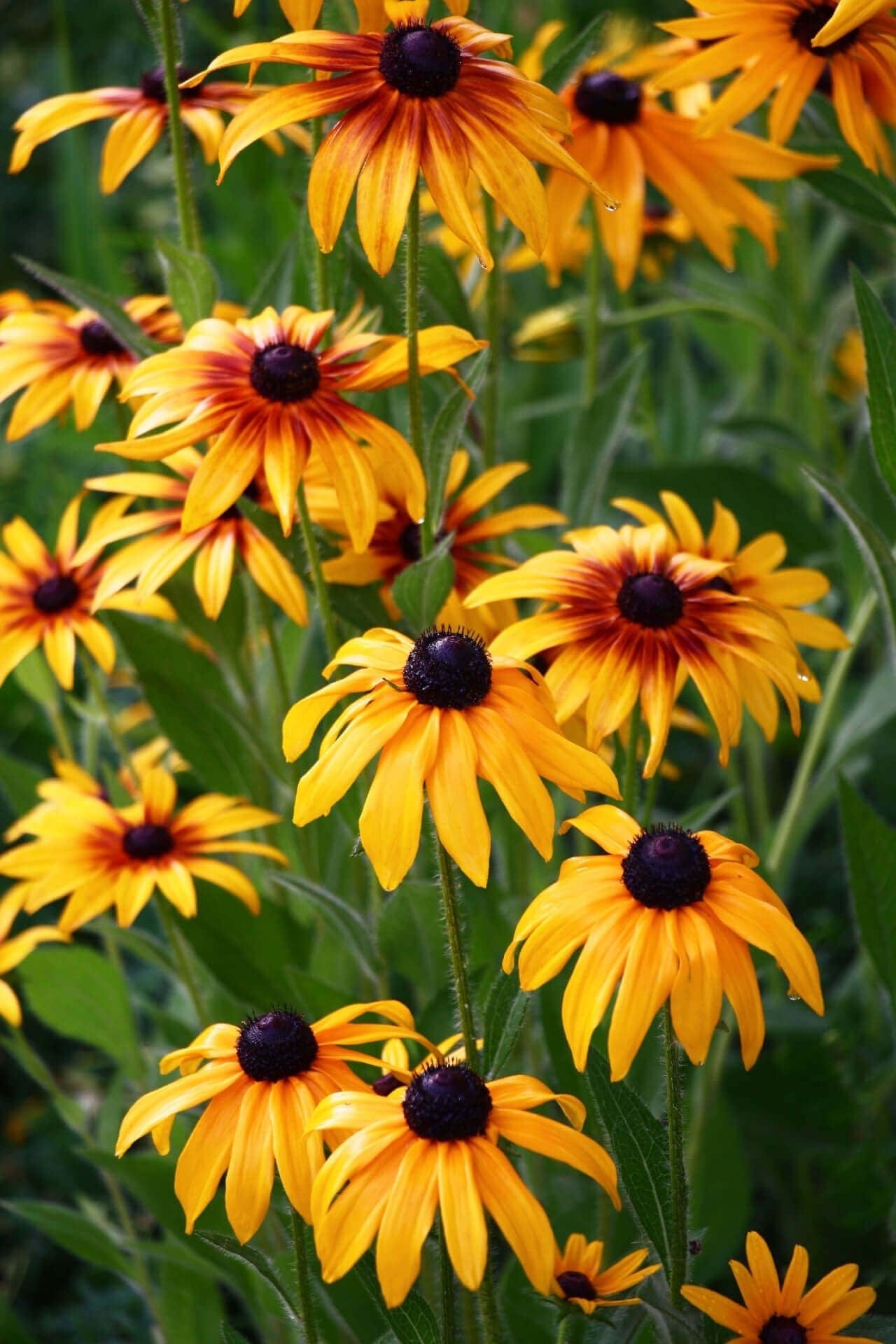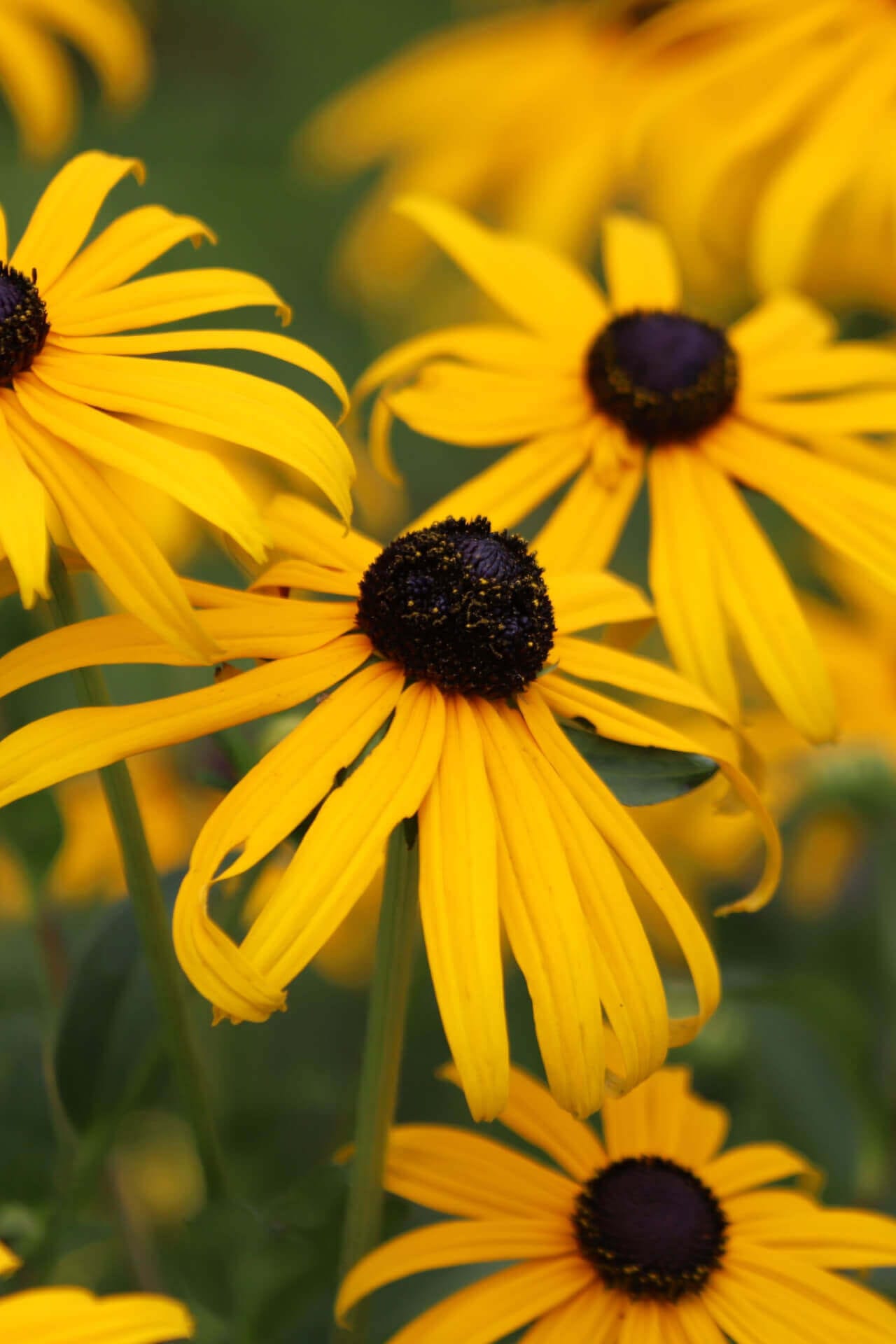Yellow Coneflower
Yellow Coneflower
| Order | Percentage Discount | ||
|---|---|---|---|
| 2-5 | 25% Off | ||
| 6-10 | 30% Off | ||
| 11-25 | 35% Off | ||
| 26-50 | 45% Off | ||
| 51+ | 65% Off | ||
Couldn't load pickup availability
5-7 Days
Under 12"
Full Sun
3-9
Flowering
Bare-root
Yellow Coneflower
Yellow coneflower, also known as Echinacea paradox, is a plant species native to the United States. It belongs to the Asteraceae family and is closely related to other coneflower species, such as Echinacea purpurea and Echinacea angustifolia. The plant is characterized by its bright yellow flowers with drooping petals and a central cone-shaped disc, where its medicinal properties lie.
The Yellow Coneflower Uses
It has long been used for medicinal properties, mainly boosting the immune system and fighting infections. The plant contains a range of active compounds, including flavonoids, polysaccharides, and alkamides, which have been shown to stimulate the immune system and reduce inflammation. As such, it is commonly used in traditional medicine to treat various ailments, including colds, flu, respiratory infections, and skin conditions.
Benefits
In addition to its immune-boosting properties, it has also been found to have antimicrobial and antifungal properties. Studies have shown that the plant extract can help to inhibit the growth of a range of bacteria and fungi, including Staphylococcus aureus and Candida albicans.
Growing this Yellow Perennial is Manageable
Growing this perennial is manageable and well-suited to various soil types and growing conditions. The plant prefers full sun to partial shade and requires regular watering to thrive. It can be propagated by seed or by dividing existing plants in pots and garden beds. The plant also has relatively low maintenance, requiring occasional pruning and deadheading to encourage new growth.
Ecological Significance of This Essential Plant
Yellow Coneflower is an essential plant species in its native habitat, providing food and habitat for various wildlife species. The plant is lovely to pollinators such as bees and butterflies, which is necessary for maintaining healthy ecosystems. In addition, it has allelopathic properties, which can release chemicals into the soil that inhibit the growth of other plant species. This can help to prevent the spread of invasive plants and promote biodiversity in natural ecosystems.
In conclusion, it is a valuable plant species with medicinal, ecological, and cultivation benefits. Its bright yellow flowers, immune-boosting properties, and low-maintenance cultivation requirements make it a popular choice for gardeners and herbalists. Additionally, its ecological significance as a pollinator attractant and allelopathic plant makes it an important species for maintaining healthy ecosystems.
This Is How Your Plants Will Look upon Delivery
Bloom/Foliage Color
Yellow
Shipping date depends on the date displayed and chosen when you order from the product's page.
We only accept returns on plants verified dead. If you think your plants have died, we offer a 1 year warranty, please use use this File a Claim Link to verify dead plants and start with return warranty process.




